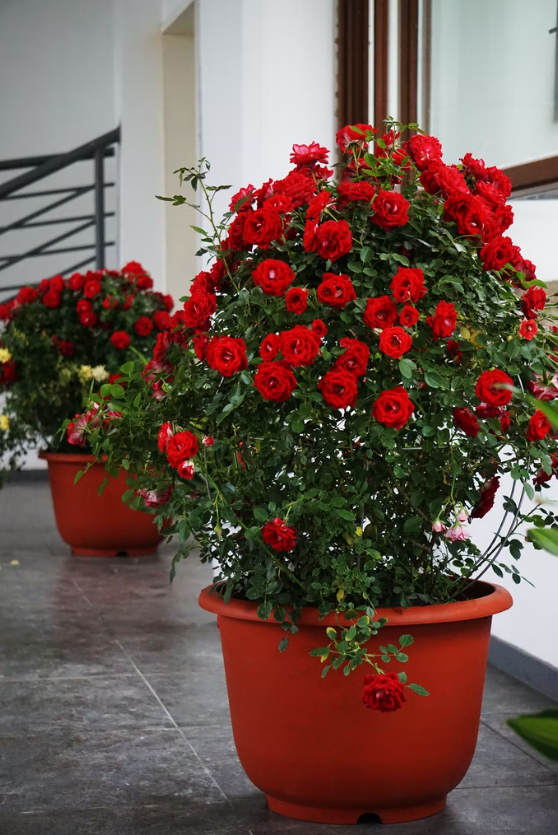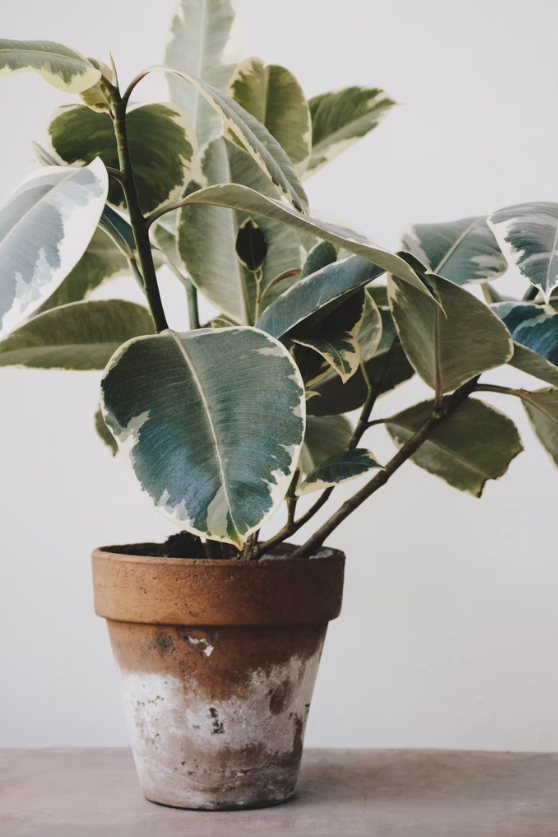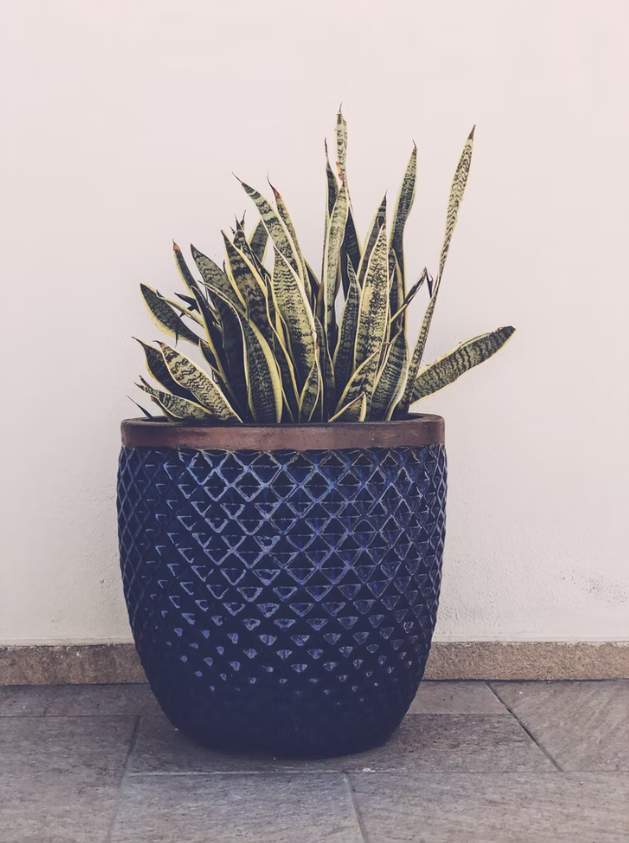Make your outdoor space come to life by planting something in large outdoor planters!
 Photos By: Unsplash
Photos By: Unsplash
Nothing goes better with modern outdoor furniture quite like large outdoor planters filled with beautiful flowers or tall grasses. These large planters can really enhance your outdoor spaces, giving them an expensive, luxurious look without breaking the bank. Depending on what you grow inside, these plants can be fairly easy to maintain and take care of. In this article, we dive into some of the many ways you can grow beautiful flowers and plants out of your outdoor planters. Keep reading to learn more.
Where to Arrange Your Outdoor Planters
Outdoor planters can be a great decorative element to incorporate into your backyard, patio, or walkways. They can be placed on both sides of your front or back door, encapsulating the threshold with beautiful flowers or spilling vines. They can also line a garden path or walkway, leading you and your guests to a beautiful garden or patio. The options are endless and you can make the backyard of your dreams come alive with large planters alone! One thing to keep in mind on placement – depending on what you plant inside may need more or less sunlight. Remember that bright, direct sunshine can scorch leaves and petals, leaving them dry, faded, and brittle.
How to Prepare Your Outdoor Planters
To set your plants up for success, you need to prepare your planters. Planters and pots should always have a drainage hole for excess water to flow through. This prevents fungus growth, build-up, and water from collecting at the bottom of the pot. If you’ve purchased a planter without a drainage hole, you can easily drill one in with a proper drill piece attachment. Unfortunately, the lack of a drainage hole will hurt the health of your plants and potentially lead to premature death. Additionally, you’ll find that some planters require filler, especially if they are rather tall or wide. There are a few materials you can use to take up the space at the bottom of your planter. Make sure you pack them neatly in soil bags before placing garden soil on top of them.
- Shredded cardboard or paper
- Packing peanuts
- Styrofoam
- Plastic bottles or milk cartons/jugs
Alternatively, you can use natural materials that will degrade over time and add nutrients to your plant’s soil. These include…
- Pine cones
- Wood chips
- Leaves
- Sticks
Remember that based on the weight of your planter, you may need to use heavier material at the bottom to keep it stable. To keep the material separate from the soil, place a newspaper or cheesecloth to use as a protective barrier.

Types of Plants to Grow In Your Planters
Keep in mind that some plants do better in specific climates and habitats. Look for plants that do best in your climate. The types of plants you can grow in your planters can be split up into three categories. Combine all three in various planters to give your landscape lots of interesting visual appeal.
Thrillers
Thrillers are usually tall plants and grasses that grow upright. Because of their height, they typically serve as a statement piece, providing a point of visual interest for your guests. Thrillers look especially good when surrounding a door or other threshold. These plants look best in tall, heavy pots. Add a piece of driftwood to add an interesting spin to an otherwise boring planter. Thrillers can include some of the following:
Fillers
Filler plants do what you’d expect – they add mass and fill up a space. These plants typically take up the whole planter, covering all visible soil. Fillers are dense, making the planter look bigger. These look best in short, but wide planters with straight edges and corners. These are some of the many plants that do great as fillers:
Spillers
Spillers, like fillers, do exactly what you’d think – they cascade out of the edges of the planter. They serve a similar purpose to that of fillers, but they add more dimension to a space with a weeping effect. These look great in tall planters so that they have plenty of room to droop downwards. Some spiller plants include:
- Variegated ivy
- Weeping junipers
- Creeping Jenny
Types of Planters
There are multiple different types of planters out there, ranging in shape, color, pattern, and material. Mix and match different thrillers, fillers, and spillers in your planters. Planters will come in different heights and widths, keep that in mind when arranging them on your patio and walkways.
- Round planters look best with fillers and spillers. Fillers will give the pot an interesting, colorful pop, whereas cascading spillers will give the round planter dimension and flow. Due to their round shape, they look best in corners.
- Square planters work best with thrillers, but can really compliment any space with the right spiller. These plants can really outline an entrance, placing them on both sides of your door will give your front walkway an expensive look and feel.
- Rectangular planters can do well with all three! Combine a variety of different plants together in a rectangular planter for an interesting visual display for your landscape. Use rectangular planters to border a walkway and lead to the patio or garden.

Conclusion – What to Plant in Your Large Outdoor
Planters
There are a few things to remember when choosing what to plant in your large outdoor planters. Remember plants do best in habitats similar to their native climate, so choose your flowers and grasses wisely. Pay attention to the sunshine and shade requirements of your plant. Lastly, if you’re combing multiple plants in a planter, make sure they all like the same amount of water and light.
Give your guests something to talk about when they come over – outdoor planters are the ultimate accessory for any backyard garden. They can really add an interesting flair to your landscape. Carefully layering various plants can really give your whole patio a high-end look. Consult a landscape designer if you need help curating your garden and landscaping!




